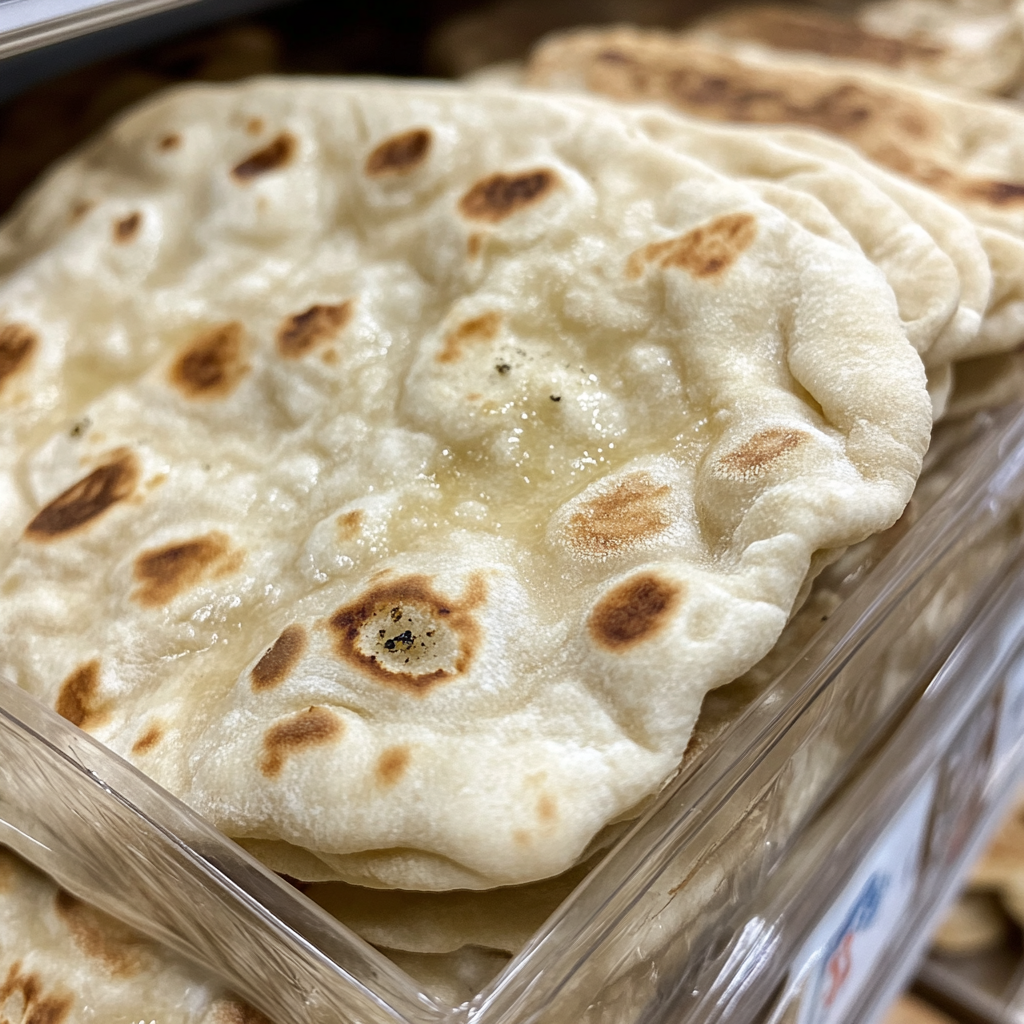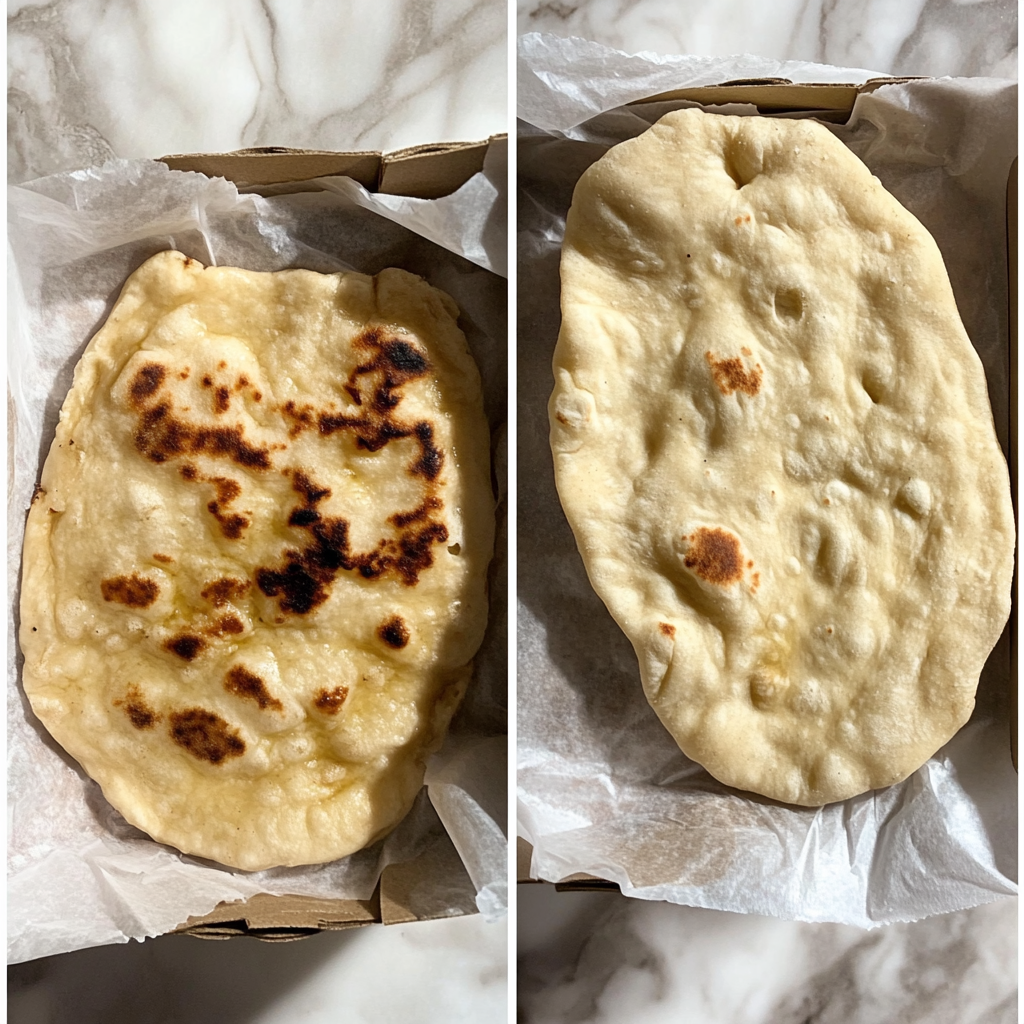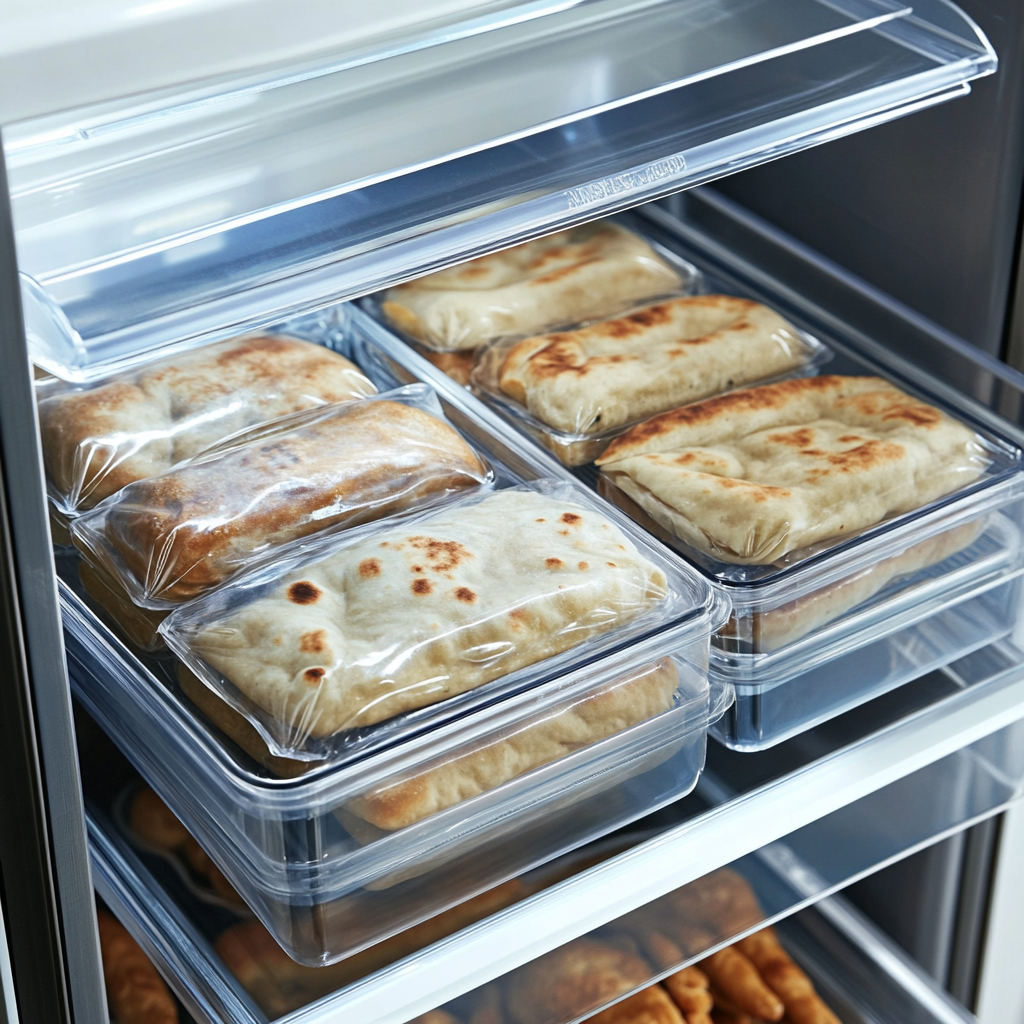Recently, a wave of complaints has surfaced about a popular item that’s been leaving customers with a bad taste in their mouths – literally. The culprit? Moldy naan bread. Yes, you read that right. The beloved Indian flatbread that’s become a staple in many households is causing quite a stir. So, what’s the deal with this fungal fiasco, and why is it happening? Let’s break it down, slice by slice.
The naan bread mold issue isn’t new

It turns out that the mold problem with Stonefire naan bread at Costco isn’t just a recent hiccup. Customers have been complaining about this issue for years. One Reddit user shared their frustration after finding mold on their naan just days after purchase. But they weren’t alone. The comment section quickly filled with similar tales of woe from other Costco shoppers.
This long-standing issue raises questions about quality control and storage practices. Why hasn’t this problem been addressed effectively? It’s a head-scratcher, especially considering Costco’s usually stellar reputation for quality products.
But before we point fingers, it’s important to note that not every package of naan is affected. Some customers report never having experienced this issue. This inconsistency suggests that the problem might be more complex than it appears at first glance.
Frozen to shelf: A recipe for mold?
So, what’s causing this moldy mayhem? One theory points to Costco’s handling of the product. According to some shoppers, the naan bread is shipped frozen but then immediately placed on unrefrigerated shelves. This sudden temperature change could create the perfect conditions for mold growth.
Think about it: when frozen food thaws, condensation forms. If the bread isn’t allowed to dry properly or is kept in a humid environment, that moisture becomes a breeding ground for mold. It’s like giving mold spores an all-you-can-eat buffet and a cozy hotel room.
This practice of moving frozen products directly to room temperature shelves isn’t unique to naan bread. It’s a common method for many bread products in large retail stores. But given the persistent issues with the naan, it might be time for Costco to reconsider this approach.
Not all naan is created equal

Here’s where things get interesting. Not every shopper has experienced the mold issue. Some customers report using the naan over extended periods without any problems. This discrepancy suggests that the mold problem isn’t universal.
Several factors could contribute to this inconsistency. The location of the Costco store, the specific batch of naan, and even the position on the shelf could all play a role. Naan placed at the back of the shelf, for instance, might be less exposed to temperature fluctuations than those at the front.
This variability in experiences underscores the importance of individual vigilance. Always check your naan (and other perishables) before purchasing and consuming. A quick visual inspection could save you from an unpleasant surprise later.
The great naan debate: To buy or not to buy?
The persistent mold issue has led to a divide among Costco shoppers. Some have sworn off buying the Stonefire naan altogether, citing repeated bad experiences. “Stopped buying it at Costco because of this. It goes bad so fast every time,” one shopper commented.
On the other hand, loyal fans of the product continue to purchase it, armed with strategies to prevent mold growth. These naan enthusiasts argue that with proper handling, the bread remains a convenient and tasty option.
So, should you buy the naan or not? The decision ultimately comes down to personal preference and risk tolerance. If you’re willing to take extra precautions with storage, you might still enjoy this product. But if you’d rather avoid the potential hassle, there are plenty of other bread options available at Costco.
Storage solutions: Keeping your naan mold-free

For those who choose to continue buying Stonefire naan from Costco, proper storage is key. Many shoppers have found success with these methods:
1. Freeze immediately: One Redditor suggests, “I stick them in the freezer the day I buy them. Throw what you need into a toaster for a little bit and they come out great.” This approach effectively stops mold growth in its tracks.
2. Refrigerate for short-term use: If you plan to use the naan within a few days, storing it in the refrigerator can help slow mold growth.
3. Divide and conquer: Consider separating the naan into smaller portions before freezing. This way, you can thaw only what you need, reducing the risk of mold growth on unused pieces.
The broader issue: Food waste and quality control
The moldy naan saga at Costco brings up larger questions about food waste and quality control in retail settings. When products spoil before their expiration date, it not only inconveniences consumers but also contributes to the global problem of food waste.
Retailers like Costco have a responsibility to ensure that the products they sell are safe and of good quality. This includes proper handling and storage throughout the supply chain. The persistent nature of the naan mold issue suggests that there might be room for improvement in these areas.
At the same time, consumers play a role in reducing food waste. By being vigilant about checking products before purchase and storing them properly at home, we can help minimize spoilage and waste.
Not just naan: Other moldy mishaps at Costco
While the naan bread has been getting a lot of attention, it’s not the only product at Costco that’s had mold-related issues. In a surprising turn of events, Costco recently recalled nearly 50,000 mattresses due to mold problems.
The recall included two types of Novaform mattresses: the ComfortGrande 14-inch and the DreamAway 8-inch. According to the U.S. Consumer Product Safety Commission, these mattresses may have been exposed to water during manufacturing, allowing mold to develop.
This incident serves as a reminder that mold can affect a wide range of products, not just food items. It also highlights the importance of robust quality control measures throughout the manufacturing and distribution process.
What if you’ve consumed moldy naan?
If you’ve accidentally eaten moldy naan, don’t panic. While it’s not ideal, consuming a small amount of mold is unlikely to cause serious health issues in most healthy individuals. However, some people may experience nausea or digestive discomfort.
That said, individuals with compromised immune systems, allergies to mold, or respiratory issues should be more cautious. If you fall into one of these categories and have consumed moldy food, it’s best to monitor your symptoms and consult a healthcare professional if you have any concerns.
Remember, when in doubt, throw it out. It’s always better to err on the side of caution when it comes to food safety.
The moldy naan saga at Costco serves as a reminder that even beloved products from trusted retailers can sometimes fall short. It highlights the importance of vigilance in food shopping and storage, as well as the need for ongoing quality control in retail settings. Whether you choose to continue buying the Stonefire naan or opt for alternatives, staying informed and taking proper precautions can help ensure that your Costco shopping experience remains positive. After all, a little knowledge goes a long way in navigating the world of bulk buying – mold and all.


